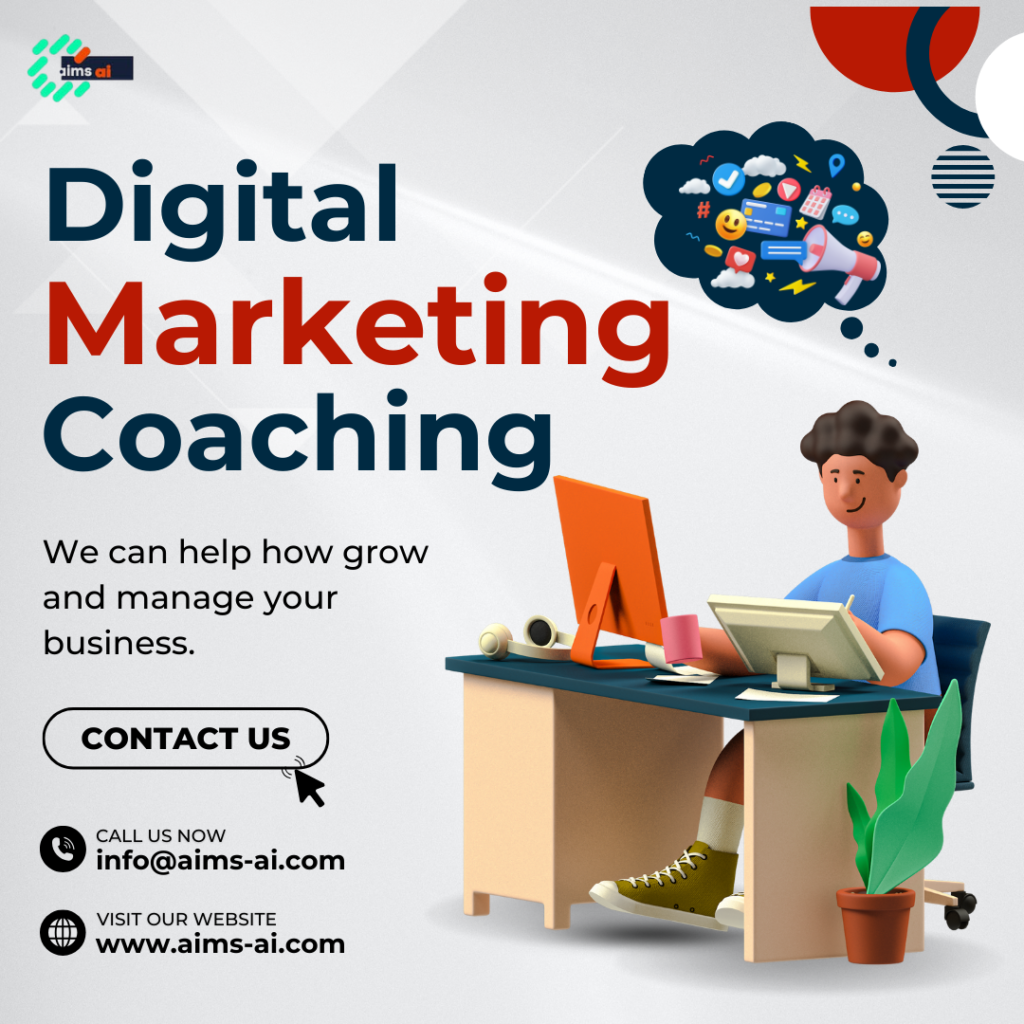Digital Marketing Strategy Case Study: A Comprehensive Analysis
Digital marketing is the backbone of modern business success, enabling companies to connect with customers, build brand visibility, and drive sales. This in-depth case study explores how a strategically designed digital marketing strategy transformed a mid-sized e-commerce business specializing in eco-friendly products into an industry leader. We’ll analyze their challenges, solutions, and results, offering actionable insights for businesses seeking to achieve similar success.
Understanding the Client’s Challenges:
The company in question, an e-commerce brand specializing in eco-friendly products, faced the following challenges:
- Low website traffic: The brand struggled to attract visitors to its site despite offering high-quality products.
- Minimal social media engagement: Their content wasn’t reaching the desired audience effectively.
- Poor conversion rates: Although some visitors landed on the website, only a small fraction completed purchases.
Crafting the Digital Marketing Strategy:
To address these issues, the marketing team adopted a multi-faceted approach:
1. Search Engine Optimization (SEO) Overhaul
The team conducted a full SEO audit to identify technical issues and keyword gaps.
- Key Actions Taken:
- Researched high-volume, low-competition keywords like “sustainable home products” and “eco-friendly kitchenware.”
- Optimized meta titles, descriptions, and alt tags across the website.
- Implemented a blog strategy focusing on long-tail keywords (e.g., “how to reduce plastic waste in 2025”).
- Built high-quality backlinks from authoritative sources in the sustainability niche.
External Resource: Moz Guide to SEO
2. Content Marketing and Blogging
Compelling, informative, and engaging content became the backbone of their strategy.
- Key Actions Taken:
- Created pillar blog posts on relevant topics like “Top 10 Eco-Friendly Products You Need in 2025.”
- Developed downloadable resources, such as an “Eco-Friendly Starter Kit” guide, to capture leads.
- Used storytelling to highlight the brand’s mission and customer success stories.
This approach not only improved organic traffic but also established the company as a thought leader in the sustainability space.
3. Paid Advertising Campaigns
Paid channels helped supplement the organic efforts.
- Google Ads: Targeted ads focused on product-specific keywords, boosting click-through rates by 40%.
- Social Media Ads: Facebook and Instagram campaigns used carousel ads to showcase best-selling products.
- Retargeting Ads: These reminded visitors who left items in their cart to complete their purchase.
Social Media Marketing and Influencer Collaborations:
The brand revamped its social media strategy by focusing on platforms like Instagram and Pinterest, where their audience was most active.
- Partnered with micro-influencers in the sustainability niche to create authentic endorsements.
- Leveraged user-generated content, encouraging customers to share photos of the products with hashtags like #EcoLiving.
The Results: A Remarkable Transformation:
The combination of SEO, content marketing, paid ads, and social media efforts yielded impressive results within six months:
- Traffic Surge: The website’s monthly visitors increased by 300%.
- Improved Engagement: Social media followers grew by 50%, and engagement rates doubled.
- Higher Conversions: Conversion rates jumped from 2% to 5%, significantly boosting revenue.
The Client’s Challenges: Diagnosing the Problems
The e-commerce brand in question offered a range of eco-friendly products aimed at sustainability-conscious customers. Despite the growing market for green products, the company faced several challenges:
- Limited Website Traffic: Despite a well-designed website, they struggled to attract significant organic traffic.
- Low Social Media Engagement: Their posts failed to generate likes, shares, or comments, making it hard to reach new audiences.
- Weak Conversion Rates: Even when visitors came to the site, few completed purchases due to a lack of effective retargeting and CTAs.
- Brand Visibility Issues: Competing against established players with larger budgets made gaining recognition an uphill battle.
Key Lessons Learned
This case study highlights several key takeaways for businesses looking to implement a successful digital marketing strategy:
1. Data-Driven Decision-Making
The success of any strategy depends on analyzing performance metrics and adjusting tactics as needed.
2. Omni-Channel Approach
A holistic strategy that combines SEO, content marketing, paid advertising, and social media ensures maximum visibility and impact.
3. Customer-Centric Content
Providing value through educational and engaging content fosters trust and strengthens brand loyalty.
4. Leveraging Influencers
Collaborating with influencers can amplify reach and generate authentic connections with target audiences.
Conclusion
A well-planned and executed digital marketing strategy can propel businesses to new heights. This case study demonstrates the power of combining SEO, content marketing, paid advertising, and social media marketing. By focusing on their audience’s needs and leveraging data to refine campaigns, the e-commerce brand achieved remarkable growth in traffic, engagement, and revenue.
Whether you’re a startup or an established business, investing in a tailored digital marketing strategy can deliver transformative results.
External Resources for Further Learning:

